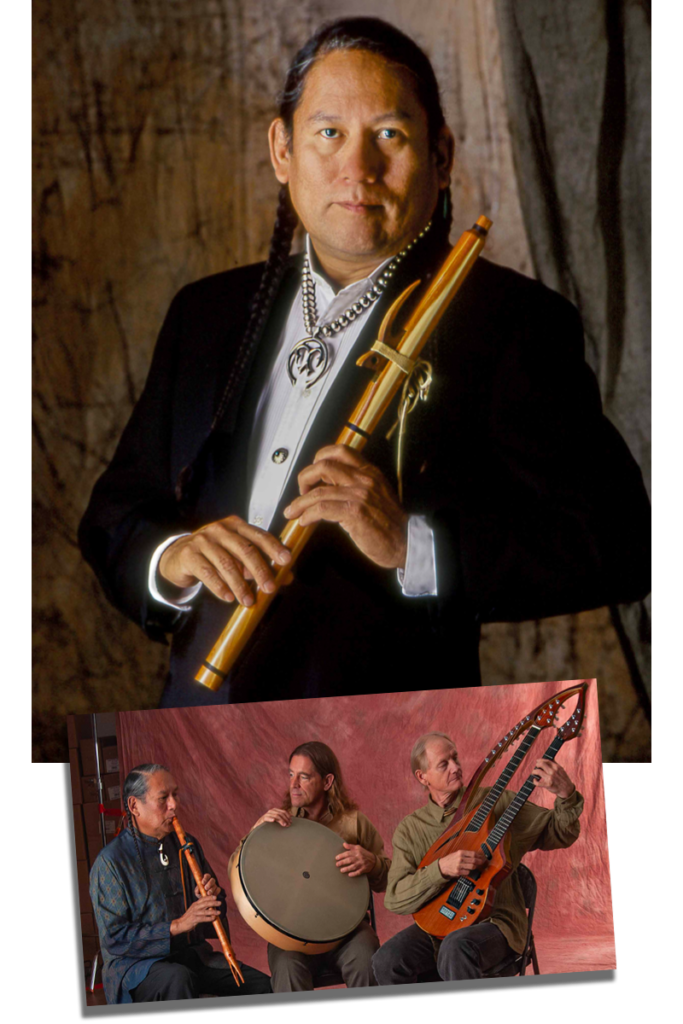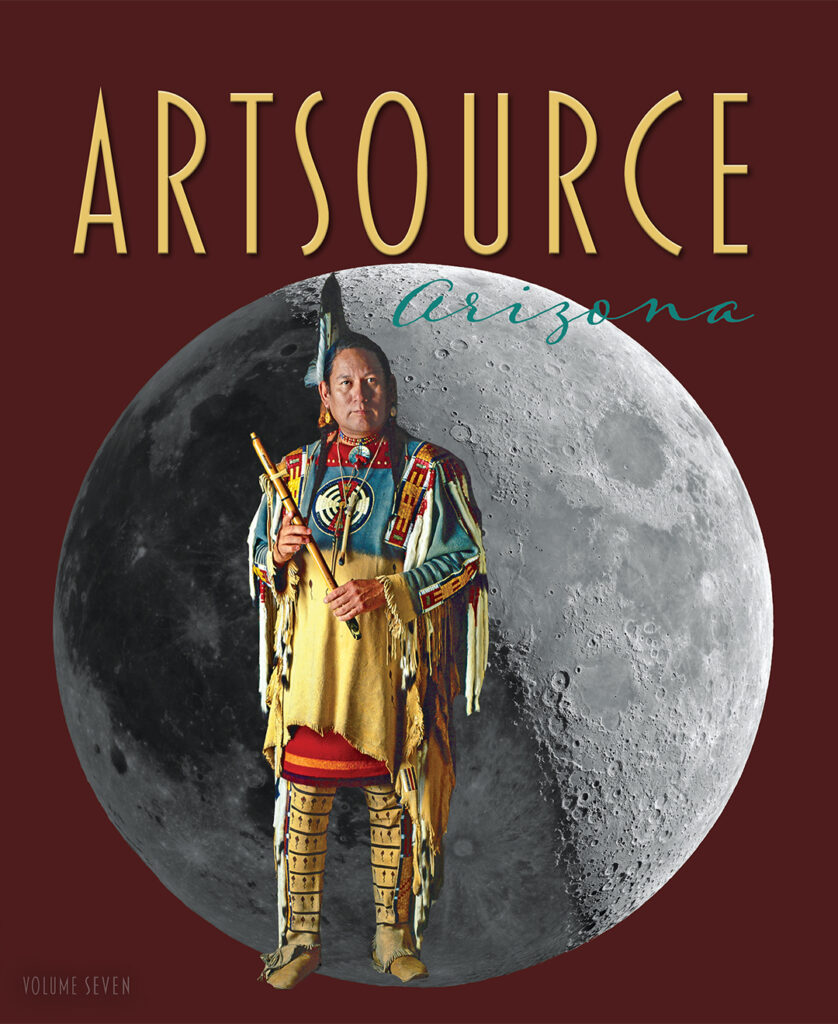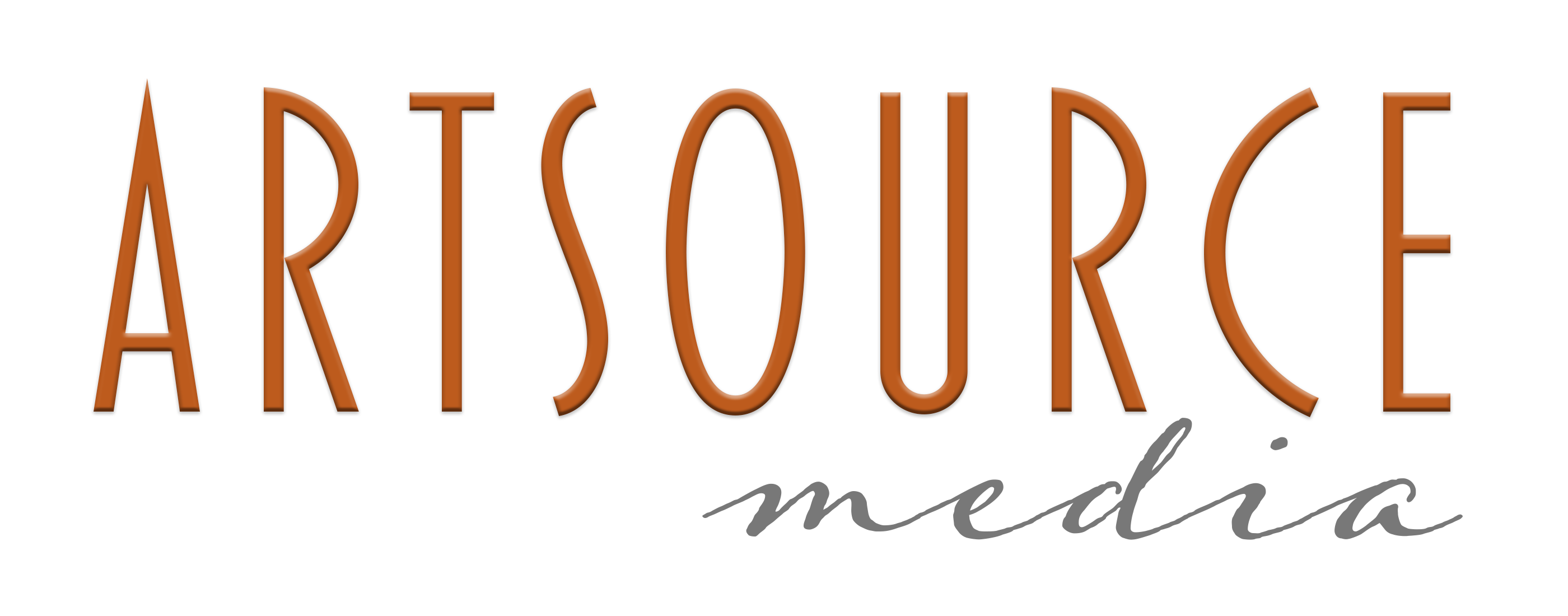Celestial luminaries differ from each other in many different ways. Who isn’t enthralled by the apparent rise of a full moon? The softer light, reflected from the sun, is sometimes more inviting than the source. Because we can gaze on the reflected light intently without harm or discomfort, it becomes in some ways even more welcome to our being.
Often, people that rise in prominence in a field are thought of as luminaries among their peers. R. Carlos Nakai is one of these. His answers to my questions revealed the brightness of his being, while he reflected on the origins of that brightness.
R.C., as his friends call him, has made the conscious choice to reflect moods and realities throughout his music that he has gleaned from life’s journey. In my mind this conjured the vision of a moon rising to adorn the atmosphere with reflected light, all the while drawing us close in marvelous awe of its own unique presence.
Like that rising orb that becomes manifest in increments, the life of R. Carlos Nakai started as a minuscule manifestation of what was to eventually rise. Consider the phases of life that this respected musician revealed in conversation with ARTSource.
After the birth of R. Carlos Nakai in Flagstaff, Arizona, his formative years were spent living in an extended family culture. Being with different relatives gave him a broader perspective than others might attain.
He found himself in locales as diverse as Colorado and Hawaii, along with Washington State and his home state of Arizona. This enriched his life and impressed upon him a cornucopia of nature’s differences that would eventually resonate within and find its way out through creative expression. “My earliest musical influences included social and culturally specific ceremonies in the regions where I grew up,” he shared.
At one point he was “handed a cornet, contrary to my wishes to have a concert flute in C. That experience, both in school and with private mentorships, afforded me the opportunity to become a solo trumpeter and apply to the music department at NAU in Flagstaff, Arizona. That was suspended by the draft during the Vietnam conflict, and I left to enlist and hopefully obtain a spot in the military schools of music in Washington, DC. While awaiting the new assignment I pursued some night schools and even tried out for the Royal Hawaiian Band. A traffic accident cut all that short again, as I suffered significant damage to my trumpet embouchure. I returned home to Window Rock, Arizona, and worked at the Window Rock School District as a Resource Center Assistant.”
While there, he met the woman that was to become his wife and she shared with him a knowledge that would affect his lifelong direction. “I learned from her that the Ute tribe in southern Colorado played a handmade wooden flute‒like instrument. I had a curiosity and intrigue that encouraged me to begin research about this indigenous instrument.”
Interestingly, this revelation dovetailed with “childhood wishes of learning to play the C concert flute.This, along with the influences of native Ute, Navajo, Zuni, and Polynesian informants, now enabled me to begin studying and visiting European and American museums, and even private collections, to inquire about the historical nature of this particular flute‒like instrument.
“Acquiring knowledge about the western European discipline of music, and the early and contemporary tuning developments of composers were a boon to my interests. Indigenous flutes are arbitrarily tuned traditionally handcrafted instruments, but later developments by ‘chief Black and Decker’ made for flutes tuned somewhat to A385‒440. I discovered that they have a minor scale range and modes that fit the usual basic fingering pattern of flutes worldwide. I wrote original melodies based upon a pentatonic system but soon found that using alternate fingering patterns allowed me to enhance the capabilities of these indigenous flutes. My cultural influences, socially and environmentally, help me formulate personal perspectives and enlarge upon the tribal philosophies that elders and peers have imparted to me in my life journey.”
One of his favorite influential directions was imparted by his maternal grandmother who counseled, “We were put on this earth to experience life in its totality, as well as have a good time. If you’re not doing that, then you are essentially wasting your time.”
THE CALL TO REFLECT
R.C. happily recalls that his best friend “insisted’ that he enroll in Carl Berger’s Creative Music Studio in West Hurley, New York. At this stage, further advice and encouragement from friends helped shape the direction of his career. “I created my first solo flute song ‘Whippoorwill’ due to the insistence by Jim Pepper, the band Codona, and Don Cherry, that I listen to the environment, and find natural sounds to originate a melody. The musicians in attendance encouraged me to use the native American flute in contemporary world music expressions.”
Another reinforcing event followed a trip to Campbell River, British Columbia to attend Paul Horn’s improvisatory music workshop on Cortes Island, where “the teaching was ‘listening to the world’ and playing impressions embellished with a Roland 2000 effects unit.Those simple admonitions and the addition of electronic effects truly enhanced my palette of musical possibilities.”
Later, R.C. Nakai was one of three native American flute players who accepted an open invitation to the Harmonic Convergence event in Grand Junction, Colorado.That event proved to be a most apropos time – for it was here that he met flute maker, Ken Light, of Amon Olorin Flutes, makers of traditionally tuned Southern and Northern Plains flutes, and also his future flute supplier.“Today, my concertizing indigenous flute kit is comprised of 14 individually tuned flutes, whistles from native cultures of the Pacific Rim, and Golden Eagle ulna bone whistles.”
EXPANDED PRESENCE
“Over time, solo-performing became tedious,” R.C admits.“So I began adding other musicians to enlarge upon my own palette of sounds; to make the indigenous flute more versatile and capable of going beyond the so-called indigenous pentatonic system of melody.” He acknowledged too, that he uses all of his instruments at various times while performing in concert, and also when recording with artists from other musical genres. This vast repertoire of inclusion sees R.C. Nakai crossover, or better yet, meld with jazz and ‘new age’ performers, along with instrumentalists from across the orchestral stage, and this in various configurations.These eclectic performances are accomplished with artists from Asia, Europe, and the Pacific.“Over time I’ve joined forces to make music with such talents as Harp Guitarist,William Eaton; World Percussionist,Will Clipman; pianist, Peter Kater; Hawaiian Slack‒key Guitarist, Keola Beamer along with Moanalani Beamer; Synthesist, Larry Yanez; Cellist, Udi Bar David; Jazz Pianist/Bassist, AmoChip Dabney.”
And consider these significant phases:
James DeMars crafted “The Two World Concerto” for R. Carlos Nakai, who solo performed it as the first Native American Flute Concerto. It premiered in 1992 by the Phoenix Symphony Orchestra.
Composer, Gary Gackstatter rewrote “Chaco” exclusively for native American flute, with choir and orchestra parts, and it premiered in 2016 in Kirkwood, Missouri.
REFLECTION WITH A PURPOSE
“Being a former brass musician, I apply much of the technique and other embellishments to play the indigenous flute. Working with other musicians, the technique of playing 5 over 4, etcetera, makes for interesting combinations of melodic harmony. I paint sonic images utilizing the expertise of my fellow readers or improvisators.”
R.C. loves working in improvisation “… because the challenge of realizing form, phrasing, stylization, dynamics, harmonics, et al, is an ever‒present goal while entertaining my audiences. My first rule to finding melodies is to listen carefully to my environment wherever that place may be. The sounds of Pando interacting with the wind, the waters, birds, and animals calling, the work‒a‒day activity, and even my own mental state buzzing away also intrigues me to no end.
“That inclination is embedded in my personal approach, whether composing original melodies, or working with improvisational performances, and they exemplify my close affinity to the sounds of my own ancestral heritage. I am a strong advocate of inclusively sharing my music traditions while contributing to the miasma of the extant multicultural American music and fine arts expressions. There are more similarities than we realize among the vast world communities in music.
“I have learned to always have my travel flutes and an eagle bone whistle in my backpack while touring or on vacation because one never knows when one will be called upon to do something musical. I love to create a calming space on occasion or as my elders say,‘to become of service to others!’ I can share through performing and comparing the application and sounds of my own traditional and contemporary music — how it is formed and what its intentions are. In this manner, I can reach more people by actively performing my works, wherever I may be on the planet on tour, or just visiting, rather than just ‘talking it up’. In America, we embody an ancestral mélange of many different cultures all at once. All understandings of personality, historic ancestry, and connection to the rest of the indigenous world is within each of us. In essence, I found that the American Indian community is an integral part of the multicultural musical world, too. And, again, I will endeavor to ‘become of service to others’ without qualification.”
That service has been reflected wherever R. Carlos Nakai has found himself throughout the phases of his career. His willingness and readiness to share light with all is a testimony to his worthy orbit and his status as a light bearer, a sharer of intergenerational knowledge and a sponsor of multi-cultural harmonies.
Learn more about R. Carlos Nakai at rcarlosnakai.com


Reflecting on the Career of R. Carlos Nakai – Phases of the Moon




